DC Comics is trying something new. In the wake of their Rebirth initiative, the publisher has rapidly expanded its content to include diverse new imprints such as Young Animal, Wildstorm, Jinxworld, Wonder Comics, Black Label, Ink, and Zoom. As their lineup expands, it can be hard to figure out what to pick up each week. That’s what our team is here to help with, every Wednesday, with the DC Round-Up!
THIS WEEK: Is the debut title from DC Ink, the publisher’s new YA line, still finding its sea legs?
Note: the reviews below contain spoilers. If you want a quick, spoiler-free buy/pass recommendation on the comics in question, check out the bottom of the article for our final verdict.
 Mera: Tidebreaker
Mera: Tidebreaker
Writer: Danielle Paige
Aritst: Stephen Byrne
Last year, when DC Comics announced that they planned to break into the YA and Children’s book markets, I was ecstatic. Don’t get me wrong– I love the direct market and comics in all their forms– but at the end of the day, I am a librarian’s son. I grew up devouring novels more than floppies– a trend that remained true until I was basically an adult. And I love the stories that YA and Children’s books tend to tell– stories of empowerment, self-discovery, and the trials that we all go through as we’re trying to get comfortable in our own skins. But as versatile as DC Comics’ stable of characters are, in any new venture like DC Ink or Zoom, there’s going to be an adjustment period that comes with adapting these characters to a brand new skin.
Take Mera: Tidebreaker, for example. It’s the first entry in DC Ink’s YA-focused lineup and it shines the spotlight on Mera, the Xebellian princess who many know as the Aquaman’s greatest love interest. This version of Mera isn’t the fierce and independent adult we know her as, however. Tidebreaker shows us a younger Mera who lives under the thumb of her father, the Xebellian king; and of Atlantis, the undersea kingdom that has only recently taken control of Xebel as the story begins.
Tidebreaker‘s Mera is as fierce as any other interpretation of her character, but she’s heavily bound by duty to those around her. On one side, there’s pressure from the culture of her people to act the part of a “princess.” On another side, there’s pressure from her father to become betrothed to another royal whom she grew up with, but isn’t sure she wants to marry. And on top of all that, there is a constant tension between the proudly independent Xebellians and their Atlantean occupiers. But as this story gets going, Mera finally finds a chance to truly claim her independence and gain the respect of her father– not just as a princess, but as a warrior. And all she has to do is kill the Atlantean prince they say lives on land– Arthur Curry.
In conceit, a Mera-centric YA graphic novel is the perfect way to launch DC Ink. The character is perhaps better known than ever before, having recently been a co-star in last December’s Aquaman movie. The graphic novel is also arriving during a huge push for female-led superhero stories, nipping at the heels of last month’s Captain Marvel film. Plus, unlike a character such as Wonder Woman, Mera is notable enough to draw eyes but not so ingrained in the public consciousness that you couldn’t take her character in a slightly different direction than we’ve seen before, leaving a lot of room for character development and experimentation.
It is perhaps a little disappointing, then, that despite having the potential to escape the confines of the DC Universe’s toybox, Mera: Tidebreaker often feels caged within it– especially in how the character relates to Aquaman. You see, while Tidebreaker sets Mera off on a quest for independence, most of what ends up happening is in relation to men in her life. She rallies against her father for trying to marry her off to Larken. She rallies against Larken himself, even though they have what seems like genuine chemistry, because she’s been forced into this betrothal process outside her own free will. But ultimately, while she runs from these men to prove herself as a warrior, what ends up happening is that she finds that she can’t kill the man she’s set out to kill…because she’s fallen for him.
I know this is a somewhat reductive summary of the main plot. And the way that Mera meets and ultimately falls for Arthur in this story is more compelling than even what we got in the recent Aquaman movie– but I can’t help but feel like my expectations for this book have colored my reactions to it. I expected this story, which sells Mera has her own character, free from the Aquaman brand, to be about Mera alone, rather than ultimately returning to the character she’s always tied to in main-line DC Comics. Maybe that was too bold of an expectation, but what’s on the page is a rather old-school choice for a publishing line that’s trying to appeal to a new audience.
That said, there is a lot to love about Mera: Tidebreaker. While there are some rather awkward transitions throughout the story that interrupt its flow, the characterizations and dialogue within the book are top notch. In Mera’s interactions with her mentor, Hikara, we find a relationship that often results in conflict, but is ultimately rooted in and returns to a deep mutual sense of love and respect. For example, at the beginning of this story, Hikara chastises Mera for showing up to an anti-Atlantean protest staged by angry Xebellians. However, when Atlantean guards attempt to arrest Mera for defacing their embassy, Hikara helps Mera stage a destructive escape. She even covers up for Mera afterwards, deciding to take the fall for Mera when the Atlanteans come to the Xebel palace looking for the perpetrator behind the vandalism– a fall that Mera refuses to allow Hikara to take.
On a more lighthearted but similarly captivating note, Mera’s characterization during her trip to the surface is quite charming. In contrast to the self-assured warrior princess we meet underwater, Mera on land is a semi-literal fish out of water. When she first surfaces, she finds herself weak from the transition from breathing underwater to breathing air. She is so weak, in fact, that she ultimately gets taken in by her target, resting in Arthur’s lighthouse home for several days. But once she’s well enough to walk again, we get many fantastic character-building scenes of Mera trying land food (a hot dog), learning about how land societies suffer in similar ways to underwater ones, and a fantastic scene where Mera tries on land clothes for the first time (and accidentally robs the boutique she’s in because she doesn’t understand the concept of money– or arguably, she does and just doesn’t care, which I kind of love as well). These are the moments where I found myself most taken with Tidebreaker, as they show us a part of Mera’s character that we get to see very little of in the “all action, all the time” world of standard DC Comics.
Moreover, the reason why any of these charming moments– and the serious moments, for that matter– land as well as they do is thanks to artist Stephen Byrne. Byrne lends the entire book an incredibly charming style that excels in rendering facial expressions– the most important part of a book that dwells so heavily on its central character’s interior life. There’s an imaginative energy to the way that the Xebellians and Atlanteans are concepted and rendered. There is room for improvement on the visual side as well– I think the relatively muted and limited palette of the book makes certain scenes, especially the ones set in Xebel, feel less lively than they otherwise could, but I understand the desire to give the book a cohesive visual language for its target audience. And overall, Byrne gives the book an enticing look and feel (don’t miss out on seeing a giant war crab!!!).
At the end of the day, Mera: Tidebreaker is a bit of a mixed bag because the book’s main plot is undercut in its need to leave Mera tied to Aquaman. While she may have found her independence, I would argue that her brand has not. That said, there’s a lot of merit to this debut DC Ink title as well. I think the creative team has a strong grasp on what these characters should look and sound like. There are some relationships here that transcend the needs of editorial continuity and feel truly original and heartfelt. And when Paige and Byrne are given the space to take Mera away from the men in her life and have her do something like try on clothes or even, towards the end of the book, interact with Atlanna, the queen of Atlantis, the book has a captivating energy and life that is wholly unique to it. I hope this book does well– I think Paige’s and Byrne’s take on Mera is strong enough to warrant deeper exploration– I just hope everyone at DC believes that this version of Mera is strong enough to stand alone and away from Aquaman, moving forward.
Verdict: Buy


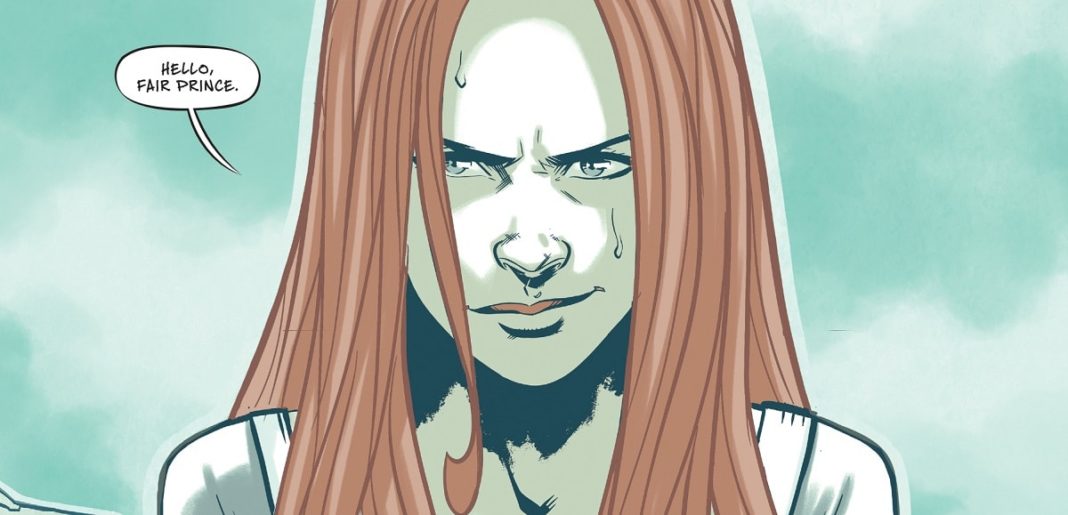
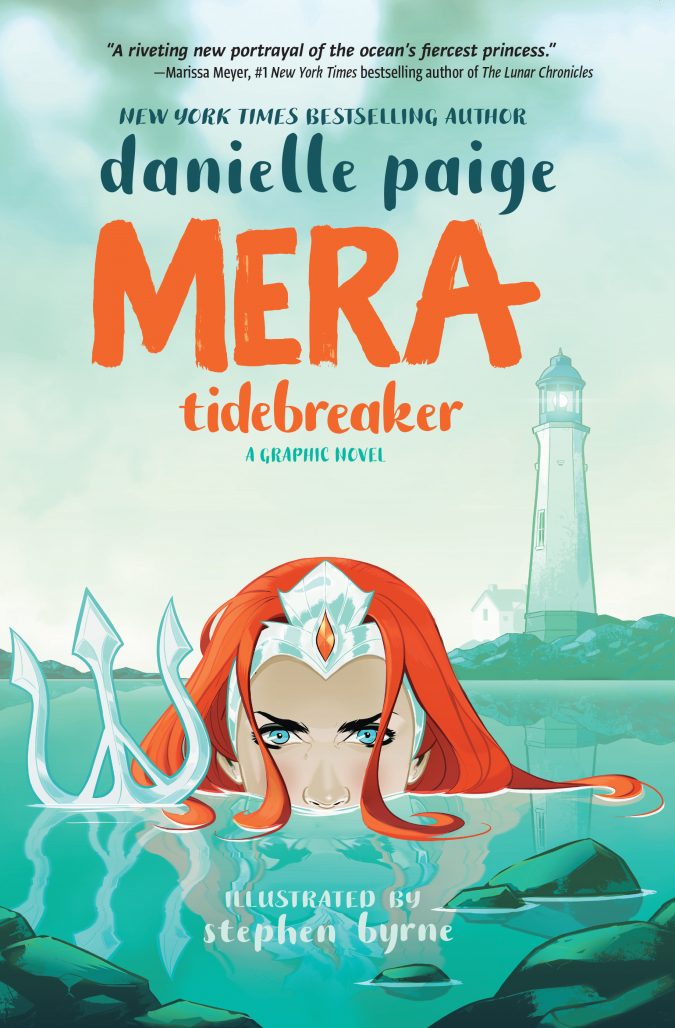
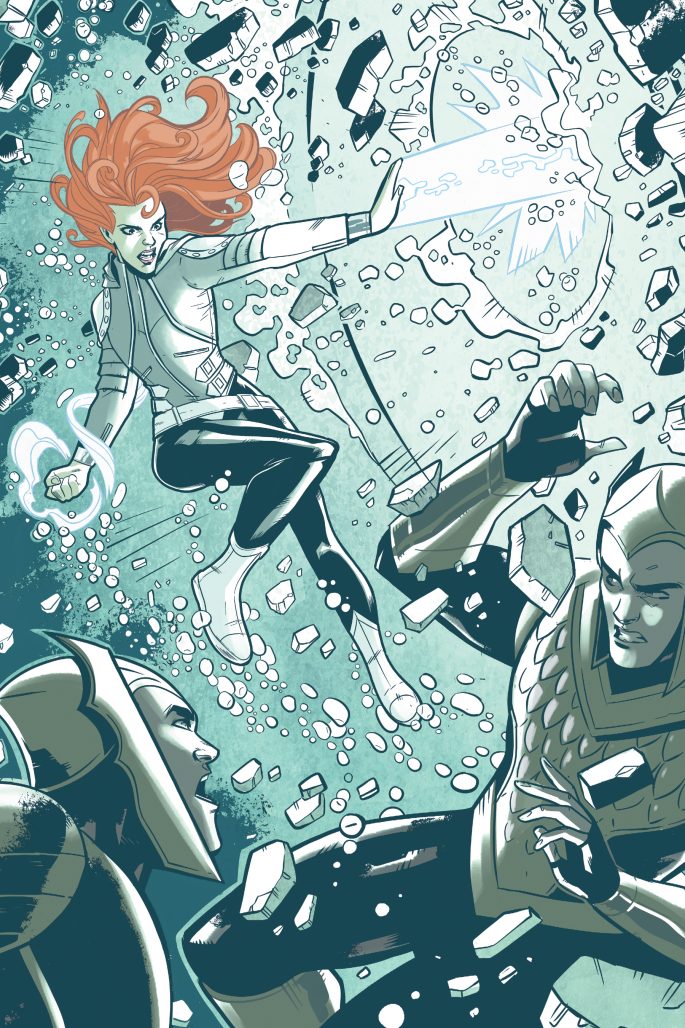
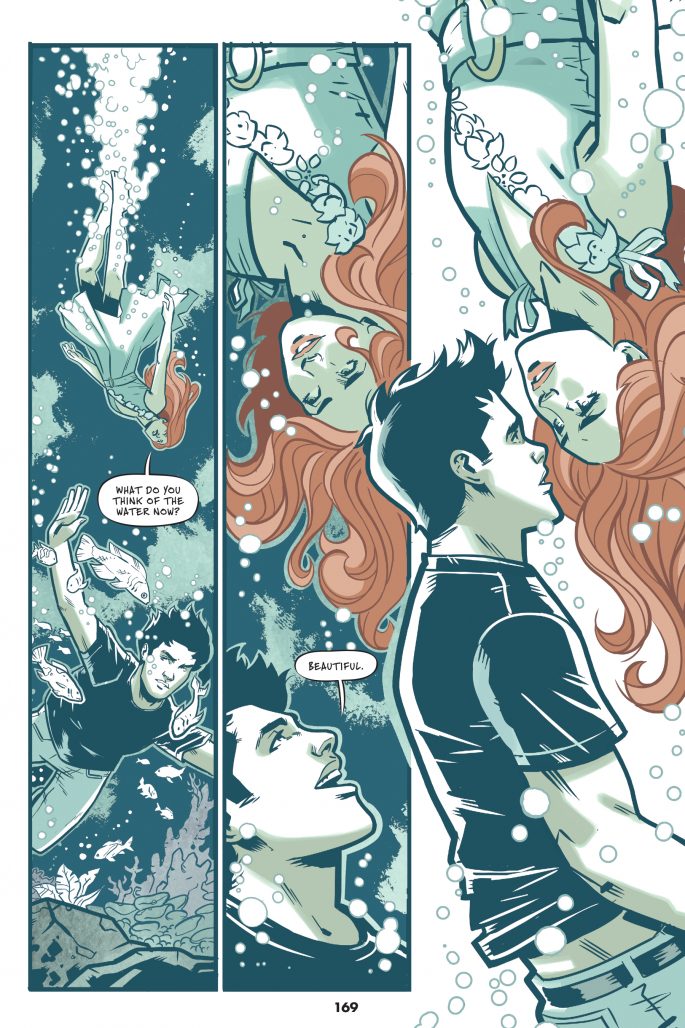
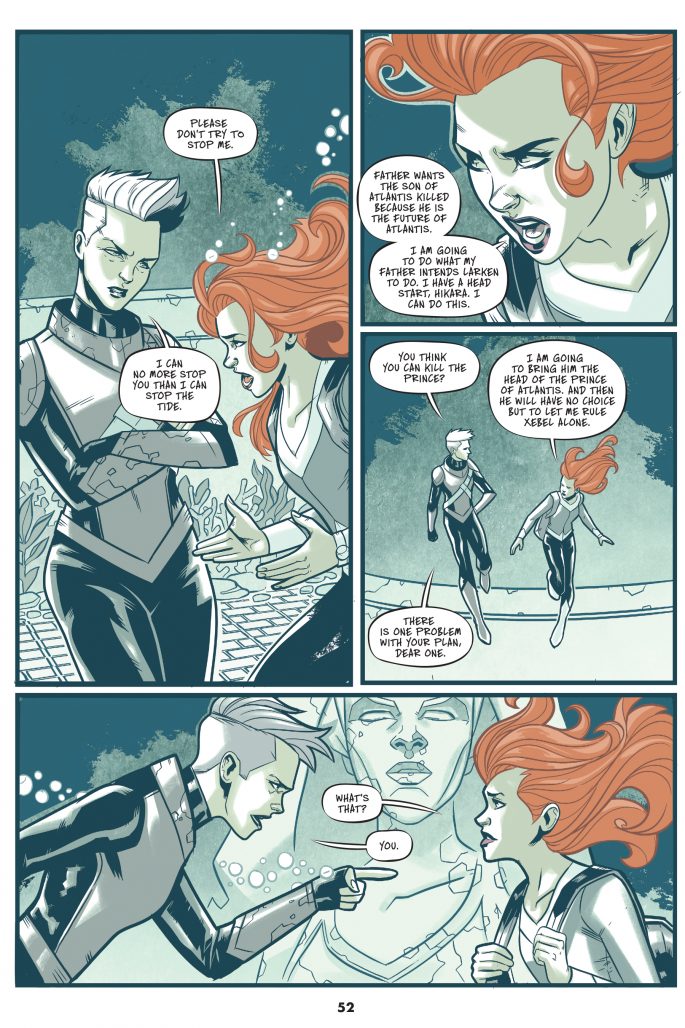
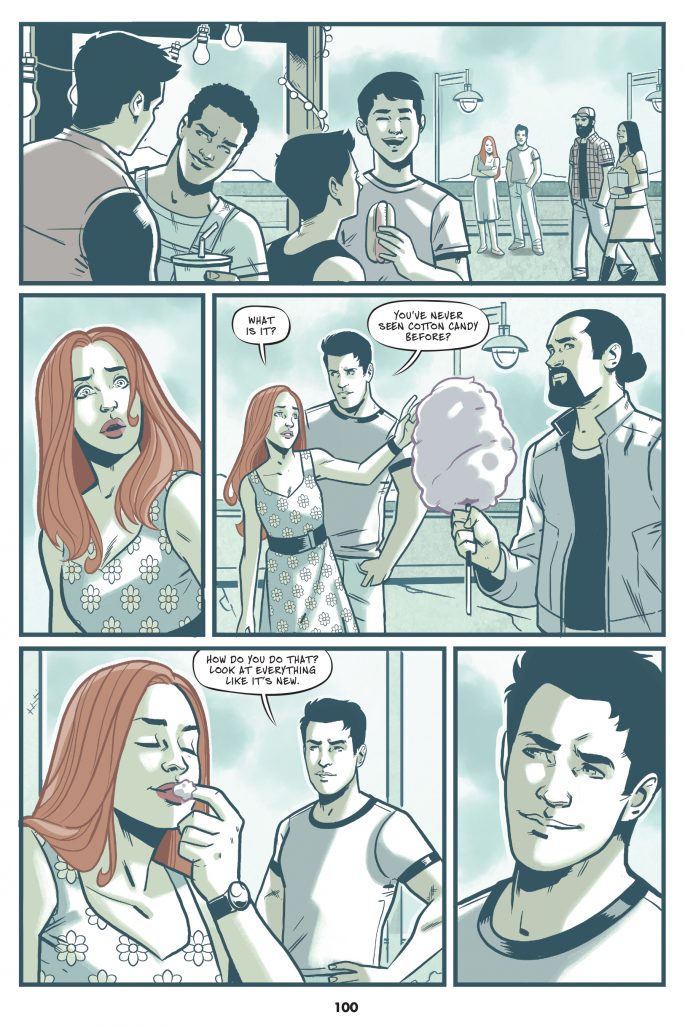
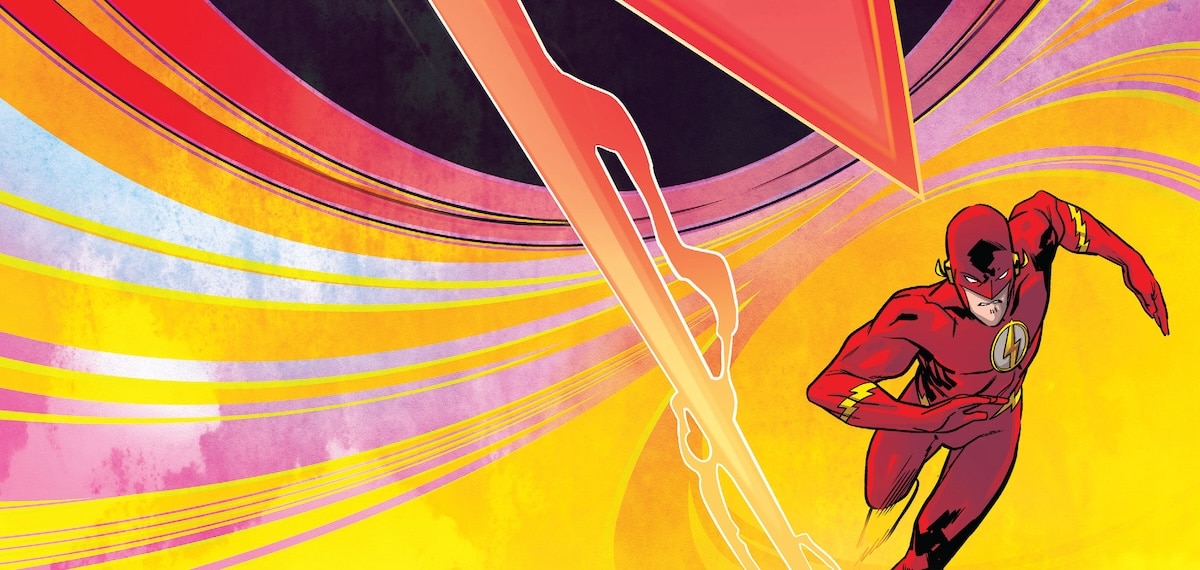





Comments are closed.